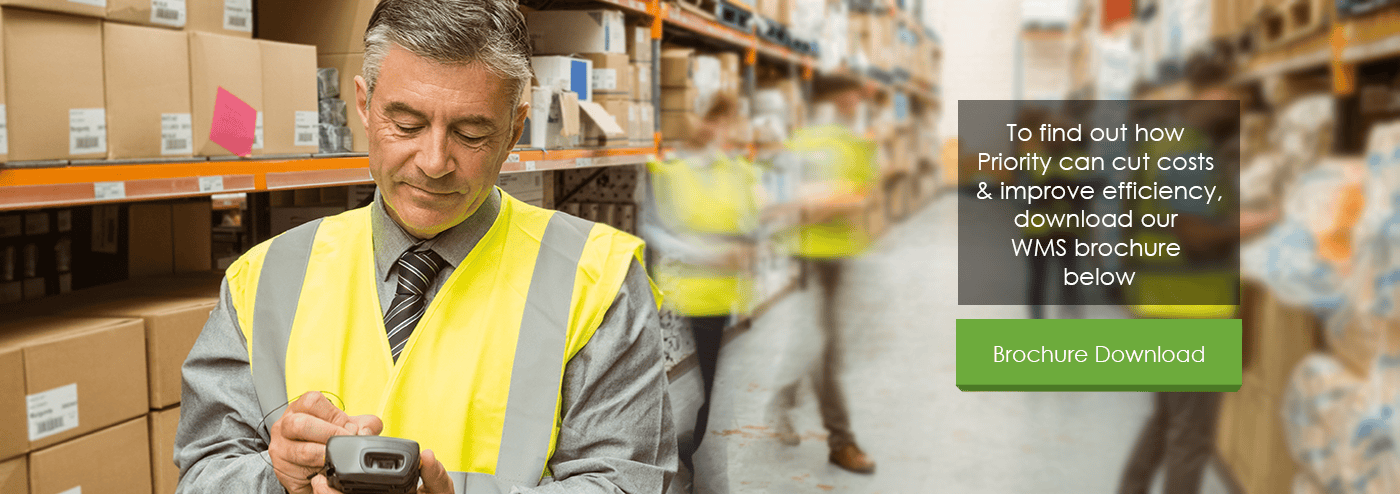Advanced Tools for Planning and Monitoring all Aspects of Warehouse Management…
The strength of Priority‘s Warehouse Management System (WMS) is derived from its complete integration with Priority‘s ERP system, which prevents inventory balance discrepancies and operational requirements mismatches between the ERP and WMS systems.
